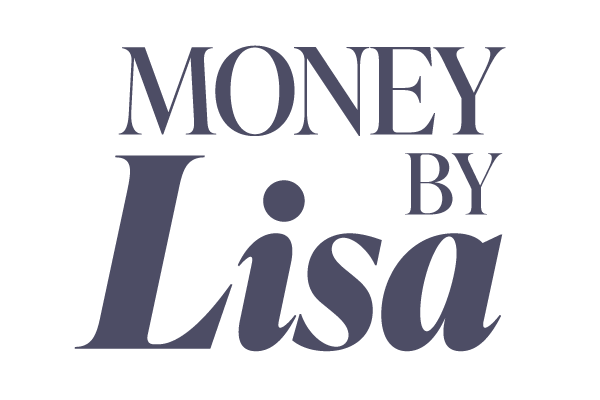Mixing Is for Cocktails
Ever since 2006, when the law that governs how workplace retirement accounts are managed was changed to allow employers to automatically enroll employee 401(k) contributions in target date funds (TDFs), the popularity of these “all in one” funds has skyrocketed.
And I am here for it. With the very important caveat that there is no financial product on the earth that is the right fit for all people all the time, I reject the idea (popular among some investment professionals) that TDFs are a categorically inferior product only suited for unknowledgeable investors.
But as loveable as a TDF can be, you really do need to know how they work. And it is clear to me from the conversations that I have had over the past few years that many TDF investors don’t understand their mechanics.
How do I know this? Because of the many, many, times that I have seen people whose retirement investment portfolio consists of either multiple different TDFs, or a TDF plus a few other non-TDF funds. The mere fact that one mixes a TDF with any other fund within the same retirement account is a red flag that something is amiss.
If this is you, let’s review how a TDF works. A TDF contains specified proportions of stocks and bonds, specially brewed to match the date when you believe that you will begin taking withdrawals from the account. (This is something of an oversimplification, and I will return to this point later.) The fund will be very heavily weighted towards stocks if your projected retirement date is decades away and, over time, gradually become more conservative (i.e., weighted more towards bonds) as the years pass by. This is called the glide path.
Ideally, you have looked at the mixture of stocks and bonds when you selected your TDF, reviewed the glide path graphic and decided that yes, this is the special recipe for me — the desired asset allocation (stocks and bonds) and diversification mix (specific types of stocks and bonds) that matches my timeline and risk preferences. Honestly, this is probably the point at which things break down. Did you actually look under the hood of your chosen TDF? But let’s continue…
What happens when, within your single retirement account, you buy two different TDFs? Just as an example, the Vanguard Target Retirement 2040 Fund is:
47% US Stocks
30% International Stocks
16% US Bonds
7% International Bonds
On the other hand, their Target Retirement 2060 Fund is:
54% US Stocks
36% International Stocks
7% US Bonds
3% International Bonds
Now, if you put half of your 401(k) in the 2040 Fund and half in the 2060 Fund, what would the asset allocation of your overall portfolio be? Sure you can do the math, but then again…why? If your intention was to have a portfolio that was more aggressive than 2040, but less so than 2060, wouldn’t it simply be easier to just buy, for example, the Target Date 2050 Fund?
A TDF is designed to be a single all-in-one solution. When you mix them together, you end up with an asset allocation that is hard to compute and may not bear any relation to your intentions. As the TDF progresses down its glide path, the messiness of having two funds, in terms of having a firm handle on whether your asset allocation is in accordance with your risk preferences, will only increase.
My suspicion is that if you chose more than one TDF, you do not have a clear articulation of your intentions because if you did, you would immediately have seen that there is no reason to mix-and-match funds. Which brings me back to an earlier point…
The selection of a TDF based solely on your expected retirement date (your risk capacity) assumes that you have an average person’s risk tolerance — the emotional wherewithal to withstand changes in market values without overreacting. That may not describe you at all. For example, although you are set to retire in 20 years, you may feel uncomfortable with your “assigned” TDF and prefer to invest based on a shorter time horizon, such as 10 or 15 years. Alternatively, you may be happy to take on more investment risk than “average.” In that case, you might choose a TDF that is geared to a 25 or 30 year time horizon.
Start by looking at the asset allocation of the TDF that aligns with when you believe that you will start making withdrawals. If it matches your expectations, you are done. If not, review funds on either side of your expected retirement date and choose one accordingly. But just one!
(Hey, I’d love to be in touch regularly. My free newsletter contains this blog, as well as other articles written by myself and others. Please consider subscribing by visiting the MoneyByLisa home page.)
